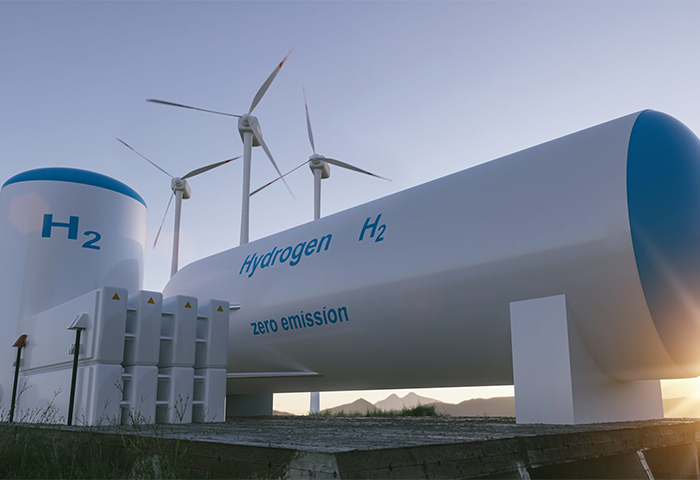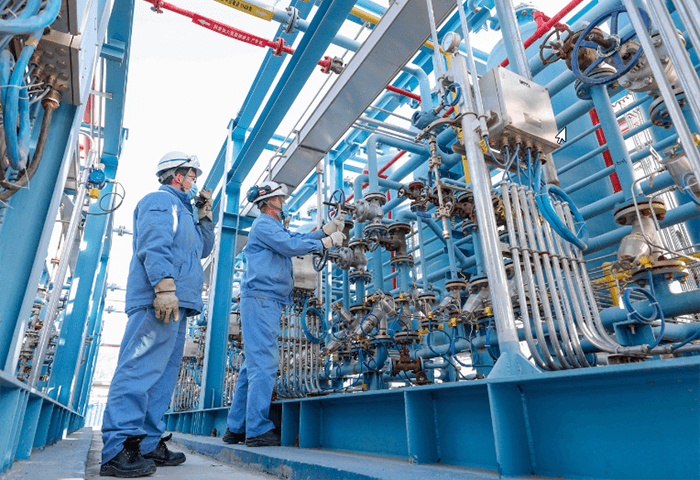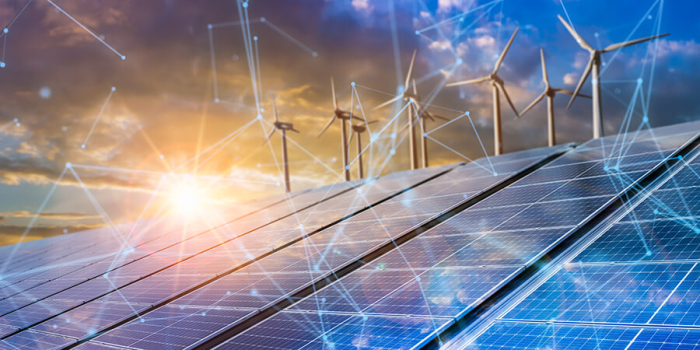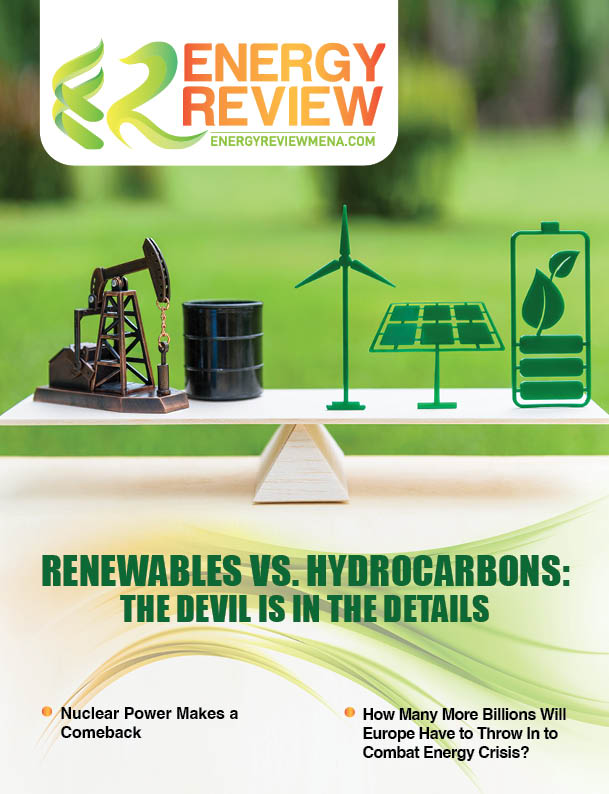The global discussion on sustainable energy has been resounding in recent years. The push for stricter climate change policies as well as energy security due to geopolitical tensions has led to countries scrambling for alternative energy sources other than fossil-fuel-based ones.
Hydrogen is regarded as one of the promising alternatives.
What is Hydrogen?
If we can recall from our school chemistry classes, hydrogen is a chemical element represented by ‘H’ and atomic number 1 in the periodic table. The properties of hydrogen enable it to generate power and/or heat through fuel cells, combined heat/power units (CHPs), burners, or modified gas turbines. Its chemical properties also allow for its use as feedstock in chemical processes, including the production of ammonia and methanol. Hydrogen combustion does not emit sulfur oxides (SOx) or other particulates, and only limited nitrogen oxides (NOx). In fuel cells, for instance, for vehicles, hydrogen usage does not cause any emissions and makes less noise than conventional engines. As it is also the lightest element, when stored in tanks, hydrogen is lighter and contains more energy than a battery of similar size, thereby benefiting energy storage and distribution. “Clean hydrogen has so many potential uses that some people refer to it as the Swiss Army Knife of decarbonization,” writes Bill Gates in his blog GateNotes.
Hydrogen’s Role in Energy Transition
Hydrogen’s unique properties provide a catalyst for the energy transition that is beneficial for both energy systems and end-use applications. Below are some considerations as proposed by the Hydrogen Council.
- • Hydrogen offers valuable advantages in the electricity mix in the power sector. Increased electrification and limited storage of electricity will require adequate storage solutions. Various solutions, such as grid infrastructure upgrades or flexible backup generation, are used for balancing during supply-demand. With zero CO2 and particle emissions, hydrogen can be deployed at a large scale with wider availability. Hydrogen can improve the efficiency and flexibility of the energy system through a) Electrolysis converting excess electricity into hydrogen during oversupply using solar, wind, or nuclear power to turn water into hydrogen and oxygen; and b) Hydrogen providing a solution as a long-term carbon-free seasonal storage medium through carbon capture and storage (CCS) technology.
- • Some countries do not have adequate renewable energy source infrastructure to supplement this power sector. Transporting electricity over long distances can cause energy losses, while pipeline transportation of hydrogen reaches almost 100% efficiency as hydrogen and its compounds have a high energy density and are easily transported.
- • Hydrogen’s high energy density, long storage capacity, and variable uses make hydrogen suitable to serve as an energy buffer and strategic reserve to supplement global energy storage for dynamic energy demands.
- • While efficient hybrid electric vehicles (HEVs) and plug-in hybrid electric vehicles (PHEVs) are already reducing vehicle emissions, fully decarbonizing transport will require the deployment of zero-emission vehicles like hydrogen-powered fuel cell electric vehicles (FCEVs) and battery electric vehicles (BEVs), or hybrid combinations. FCEVs are ideal for decarbonizing passenger cars, taxis, heavy-duty transportation, non-electrified trains, etc. Hydrogen-based synthetic fuels are already being tested in shipping and aviation. Additionally, decarbonization in the industry sectors needs to improve energy efficiency,including the use of waste heat. Steam electrolysis technologies can recycle waste heat into hydrogen.
Hydrogen Exploration
Hydrogen’s potential to decarbonize sectors that are normally difficult to achieve has garnered many takers, but is still in need of more.
In its recent report on hydrogen, the International Energy Agency (IEA) notes that nine countries, comprising around 30% of global energy sector emissions today, initiated their national strategies in 2021-2022. It also notes that demand for hydrogen grew in new applications, albeit at a minimal level, reflecting the quicker deployment of FCEVs, particularly in heavy-duty trucks in China. New applications in the steel sector have also shown signs of progress. In transport, the first fleet of hydrogen trains has started operating in Germany, and major shipping companies have signed strategic partnerships to secure the supply of hydrogen and its derivative fuels in the short term. On the supply side, electrolyzer manufacturing capacity has doubled since 2021, reaching nearly 8 GW per year; and the realization of all the projects in the pipeline could lead to an installed electrolyzer capacity of 134-240 GW by 2030, twice the expectations from last year.
However, in the net-zero 2050 scenario of limiting global warming to 1.5C, these developments are not significant enough to make an impact. The IEA notes that demand creation for low-emission hydrogen and investment to scale up production and deployment of infrastructure are much-needed priorities.
In 2021, hydrogen demand was almost entirely met by unabated fossil fuel-based hydrogen – fossil fuel combustion without the application of carbon capture and storage (CCS) technology. Currently 70 million tons of hydrogen contributes to 1.6% of global Co2 emissions annually. The production of low-emission hydrogen was around 0.6 Mt in 2021 (less than 1% of global hydrogen production). The good news is that a significant number of projects are under development, which is expected to increase output faster in the short term. The realization of all the projects in the pipeline could lead to more than 24 million tonnes of low-emission hydrogen produced annually by 2030, 40% higher than the expectations from last year. And that is a move in the right direction.
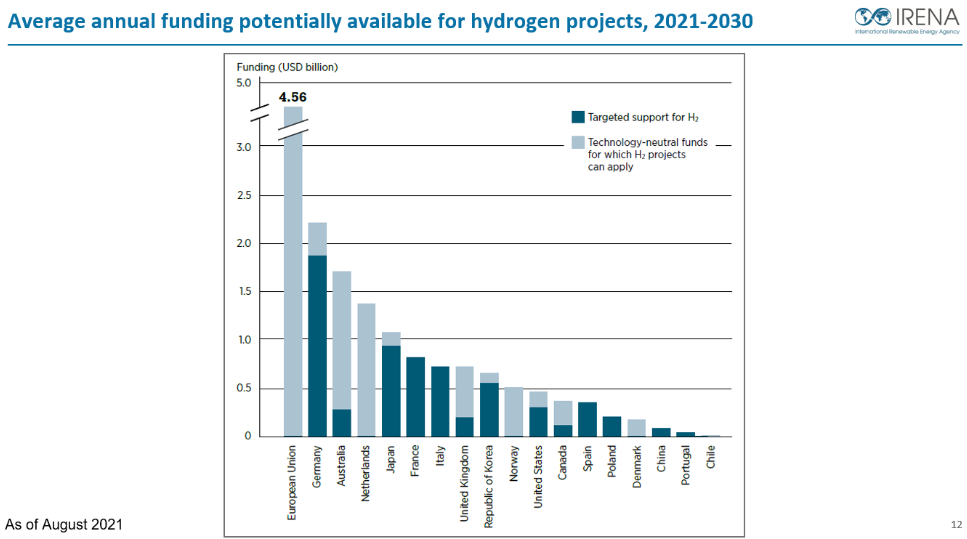
Also read: ‘Green Hydrogen Will Be More Competitive and Widely Used Globally’
Also read: Gap in Global Collaboration Can Delay Green Transition by Decades, Notes IEA

